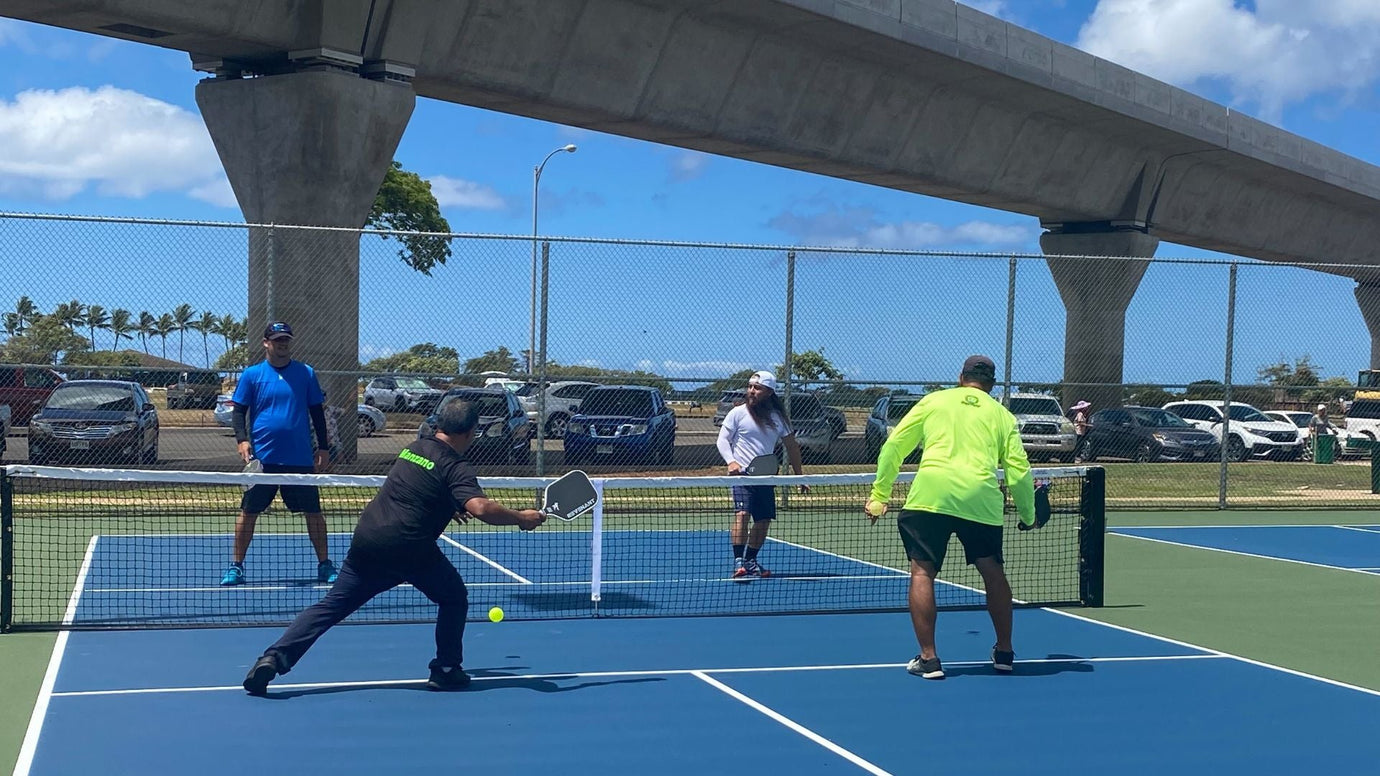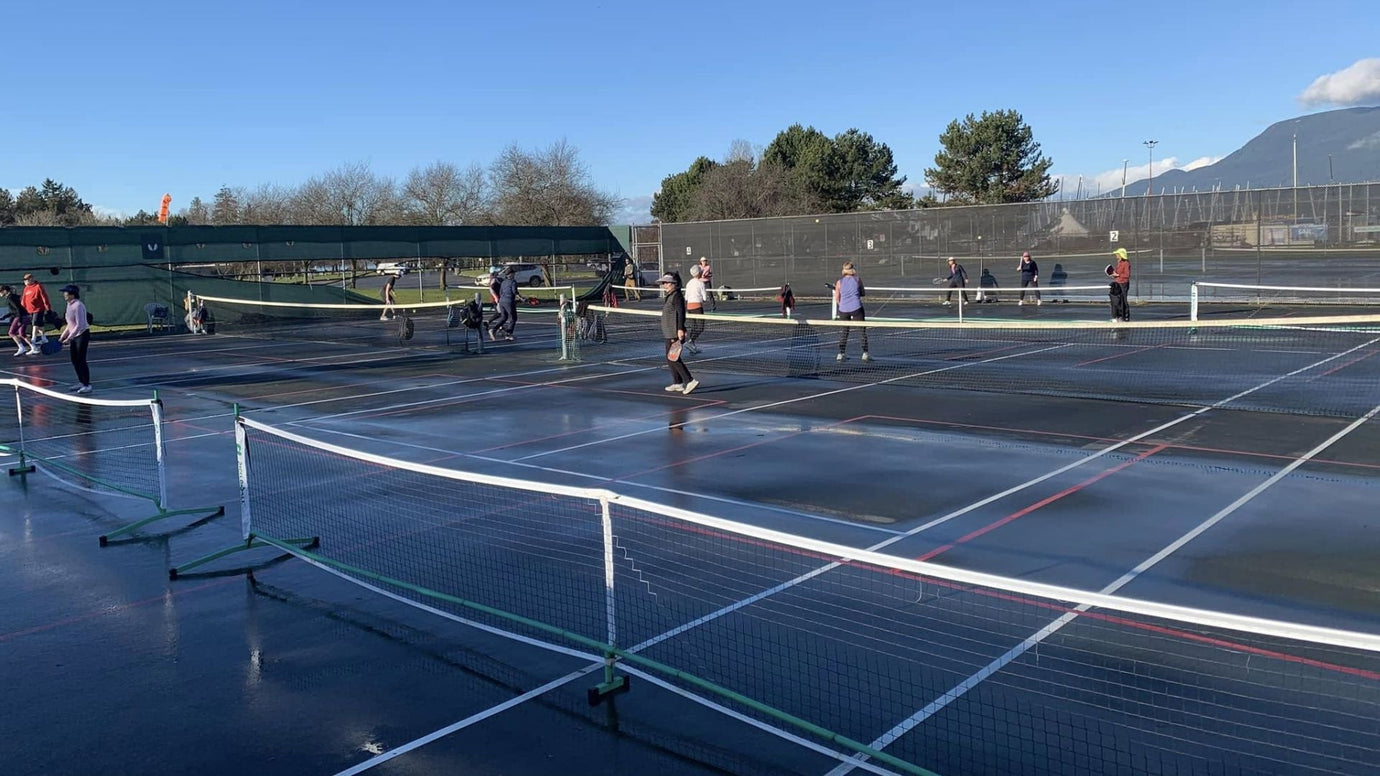Pickleball, a sport that combines elements of tennis, badminton, and ping-pong, has been rapidly growing in popularity across the United States. Whether you're a seasoned player or new to the court, joining a pickleball league can be a fantastic way to test your skills, meet new people, and enjoy some friendly competition. But as you get more involved, you'll likely encounter the league's standings. Understanding how these standings work is key to tracking your progress and strategizing your way to the top. This guide will break down the common systems used to determine pickleball league standings, helping you navigate your league with confidence.
The Core Concept: What is a Pickleball Ladder?
At its heart, a pickleball ladder is a dynamic ranking system that allows players or teams to move up or down based on their performance in matches. Think of it like a king-of-the-mountain game: the goal is to reach and maintain the top position. The more matches you win, especially against higher-ranked opponents, the higher you climb. Conversely, losses can cause you to drop down the ladder [1].
Common Ranking Systems
While the basic concept remains the same, different leagues and platforms employ various methods to calculate standings. Here are some of the most common:
- Win/Loss Record: This is the simplest and most straightforward method. Players or teams are ranked purely by the number of wins versus losses. A higher win percentage generally means a higher standing.
- Points-Based Systems: Many leagues use a point system where players earn points for wins and sometimes even for participation. The total accumulated points determine their rank. Some systems might award bonus points for winning by a large margin or for playing against higher-ranked opponents.
- Elo Rating System: Originally developed for chess, the Elo rating system is a more sophisticated method that assigns a numerical rating to each player. When a player wins against a higher-rated opponent, they gain more points, and the defeated player loses points. The opposite occurs when a player wins against a lower-rated opponent. This system is designed to reflect a player's true skill level and provides a more accurate ranking over time [3].
- Leap Frog System: In a Leap Frog system, when a lower-ranked player beats a higher-ranked player, the lower-ranked player effectively 'leap frogs' over the defeated player in the standings [6]. This creates a very dynamic and competitive environment.
- Custom Points: Some leagues may devise their own unique point systems, often combining elements of the above methods to suit their specific league structure and goals.
How Matches Influence Standings
Regardless of the specific ranking system, the outcome of each match directly impacts a player's or team's standing. Here's a general overview:
- Wins and Losses: The most fundamental factor. Winning matches improves your standing, while losing them can cause you to drop.
- Point Differential: In some leagues, not just winning, but how much you win by can matter. A larger point differential in your favor might earn you more points or a better ranking.
- Opponent's Rank: Beating a higher-ranked opponent often yields greater rewards (more points, a bigger jump in rank) than beating a lower-ranked opponent. This incentivizes players to challenge themselves and climb the ladder.
Match Initiation and Tracking
Leagues also vary in how matches are initiated and how results are tracked:
- Scheduled Play: Leagues might have pre-scheduled match times and court assignments, with players rotating partners in a round-robin format [10].
- Challenge System: Players or teams can challenge others who are ranked above them. If the challenger wins, they take the higher position.
- Self-Reporting: In some casual leagues, players may be responsible for submitting their own match scores, which are then used to update the standings.
- Automated Software: Many modern leagues utilize dedicated software to manage schedules, track scores, and automatically update standings, providing real-time insights into player performance [5].
Why Understanding Standings Matters
Knowing how your league's standings work can significantly enhance your pickleball experience. It allows you to:
- Track Progress: See how you're improving over time and identify areas for growth.
- Set Goals: Aim for specific rankings or to beat certain opponents.
- Strategize: Understand which matches are most important for your ranking and adjust your play accordingly.
- Stay Engaged: The competitive aspect of climbing the ladder can keep you motivated and coming back for more.
Conclusion
Understanding how pickleball league standings work can transform your league experience from simply playing games to strategically climbing the ranks. Whether your league uses a simple win/loss record or a complex Elo system, the core principles remain the same: consistent play, strategic challenges, and continuous improvement are your keys to success. So grab your paddle, hit the court, and start your ascent up the pickleball ladder!
Frequently Asked Questions (FAQs)
Q1: What is a pickleball ladder league?
A pickleball ladder league is a structured competition where players or teams are ranked based on their performance. The goal is to move up the
ladder by winning matches, especially against higher-ranked opponents. It's a dynamic system that encourages continuous play and improvement.
Q2: How are points typically awarded in a pickleball league?
Points can be awarded in various ways, depending on the league's rules. Common methods include: winning a match, winning by a certain margin, or even just participating. Some advanced systems like Elo or DUPR (Dynamic Universal Pickleball Rating) use algorithms to adjust points based on the opponent's skill level, rewarding wins against stronger players more significantly.
Q3: Can I improve my ranking quickly?
Improving your ranking quickly often depends on consistent play and winning matches. In ladder leagues, challenging and defeating players ranked above you is the fastest way to climb. The more you play and win, the more opportunities you have to accumulate points or move up the ladder.
Q4: What if I miss a league day?
League rules for missed days vary. Some leagues might have a system for dropping points or a temporary decrease in rank for inactivity. Others might allow for make-up games or have no penalty at all, especially in more casual settings. Always check your league's specific rules regarding attendance.
Q5: Do pickleball leagues use official rating systems like DUPR?
Many competitive pickleball leagues and tournaments do utilize official rating systems like DUPR (Dynamic Universal Pickleball Rating) or UTPR (USA Pickleball Tournament Player Ratings). These systems provide a standardized way to assess a player's skill level, ensuring fair and competitive matches. However, local or recreational leagues might use simpler internal ranking methods.
Q6: Is installation of pickleball court flooring difficult?
While Pickleball Court Co. does not provide installation services, our pickleball court roll flooring is designed for easy installation. We provide comprehensive guides to assist you through the process, making it straightforward for anyone to set up their own court.
References
[1] Global Pickleball Network. "How Does a Pickleball Ladder Work?" https://www.globalpickleball.network/pickleball-blog/how-does-a-pickleball-ladder-work
[3] Universal Tennis. "Understanding the Pickleball Algorithm (UTR-P)." https://support.universaltennis.com/en/support/solutions/articles/9000234183-understanding-the-pickleball-algorithm-utr-p-
[5] Global Pickleball Network. "Pickleball Ladder League Software." https://www.globalpickleball.network/ladder-leagues/learn-more
[6] Global Pickleball Network. "Pickleball Ladder Ranking Systems." https://www.globalpickleball.network/pickleball-leagues/leagues/pickleball-ladder-ranking-systems
[10] Gwinnett Pickleball Club. "Ladder League Details."







